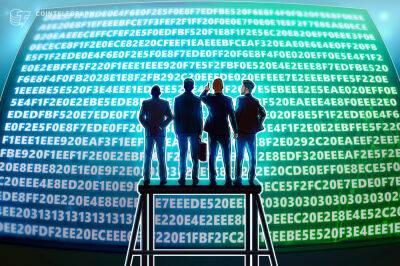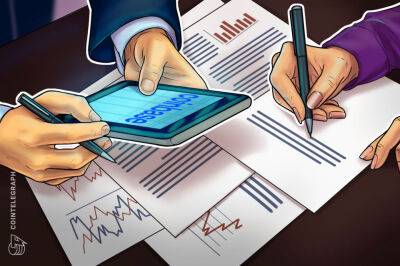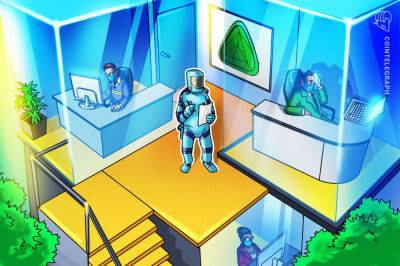What is a block explorer, and how do you use one?
You can think of a blockchain as a public ledger. Every time a transaction occurs, its details are verified by users (nodes) and added to this public ledger. Once this data has been added, it cannot be modified or deleted.
Since it is a public ledger, the data is visible to all.You can simply download the ledger on your computer and peruse through the transactions whenever you like. However, this ledger would contain all the transactions ever processed on the blockchain. Therefore, finding one particular entry would be like looking for a needle in a haystack.
The easier way to examine transaction data would be to use a block explorer.What is a blockchain explorer?A blockchain explorer is the Google of blockchains. It works like a search engine and retrieves historical as well as real-time data stored on the blockchain. Each block explorer only serves one blockchain and cannot be used to access data from multiple blockchains.
However, some websites do host multi-chain explorers.Also Read: 5 real-world applications of blockchain technologyFor instance, you can use Etherscan to examine Ethereum’s transaction data. Similarly, there is Solscan for Solana, Blockchain.com for Bitcoin and Polkascan for Polkadot. However, Polkascan is now touting itself as a multi-chain block explorer.Block explorers can look for transaction details such as wallet addresses of the sender and receiver, time of transacting, amount transferred, etc.
Read more on cnbctv18.com

![IOTA [MIOTA] comes to Panama and here’s how the metrics reacted - ambcrypto.com - city Santiment - Panama - city Santimenthowever - city Santimentthis - city Santimentnext](https://gocryptonft.com/storage/thumbs_400/img/2022/5/5/39220_q7dc.jpg)










